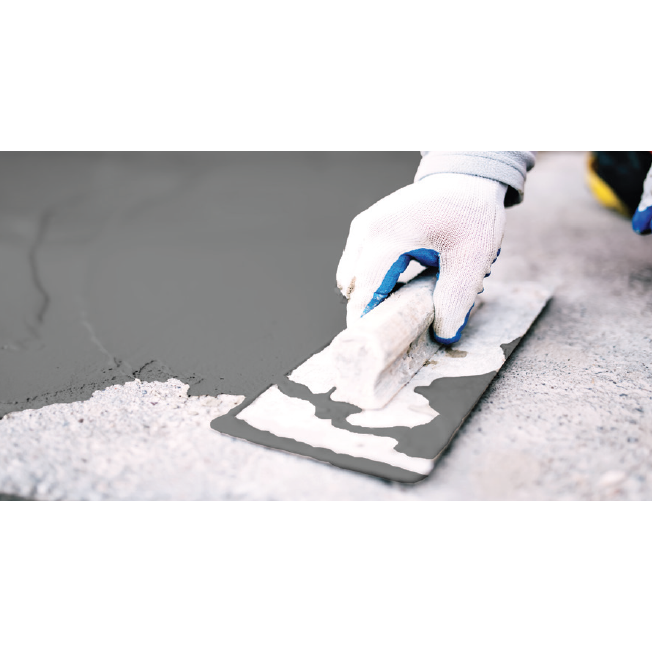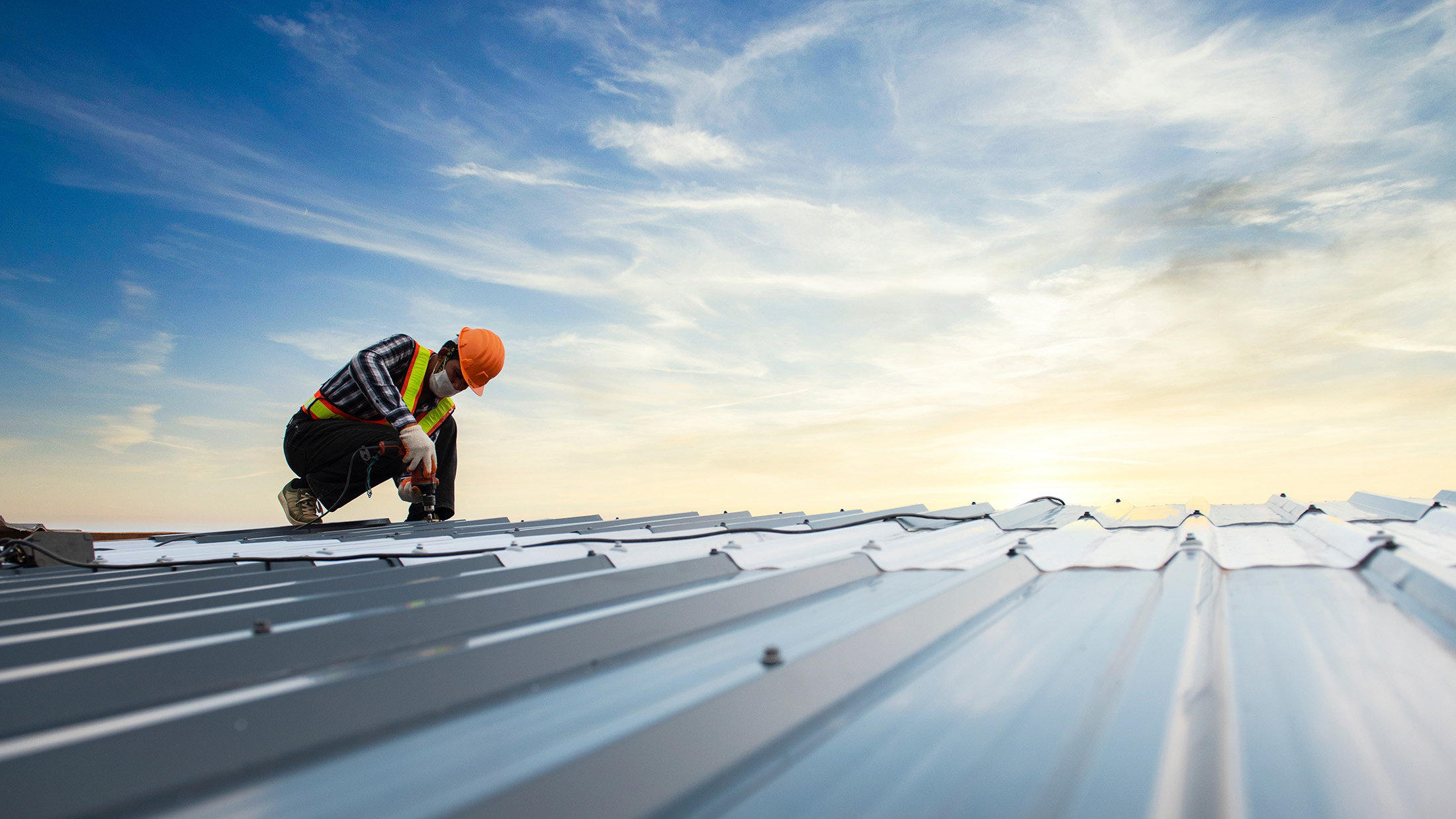French drain installation Omaha Explained: What Every Homeowner Should Know
Exactly How Waterproofing Works: A Thorough Check Out Strategies and Technologies
Waterproofing is vital for protecting frameworks from moisture-related damage. It entails various strategies and modern technologies that develop barriers versus water invasion. Typical techniques, such as compressed clay, exist together with modern-day developments like liquid-applied membrane layers. Understanding the subtleties of these strategies is vital for reliable application. The effectiveness of any type of waterproofing remedy pivots not only on the methods utilized yet likewise on recurring maintenance and evaluation. What are the crucial variables that influence long-term efficiency?
Understanding the Fundamentals of Waterproofing
Waterproofing is a crucial process that protects structures from water invasion, which can lead to significant damage in time. This technique includes the application of numerous products and techniques created to produce an obstacle against wetness. The main objective is to avoid water from permeating surfaces, which can cause degeneration, mold growth, and structural instability.Various factors influence the choice of waterproofing method, including the kind of framework, its area, and ecological conditions. Understanding the physics of water activity and the residential properties of various materials is crucial in selecting an effective waterproofing solution.Effective waterproofing not only safeguards structures however likewise enhances their longevity and honesty. Generally, it is integrated right into the style phase of construction to guarantee comprehensive protection. As recognition of water-related problems grows, the importance of comprehending waterproofing basics becomes significantly clear to designers, contractors, and homeowner alike.
Traditional Waterproofing Techniques
Conventional waterproofing approaches have been utilized for centuries, depending on time-tested strategies and products to secure structures from water damages. One of the earliest methods entails making use of clay, which, when compacted, creates a natural obstacle against dampness. Furthermore, bitumen, a sticky, black product originated from petroleum, has been used for its water-resistant properties, commonly used to roofing systems and foundations.Another strategy involves the application of lime-based plasters, which supply a breathable layer that allows wetness to run away while protecting against water ingress. Thatch roof covering, a traditional technique still seen in some societies, provides exceptional waterproofing because of its tightly packed straw layers.Moreover, using rock and brick has projected, as these materials are naturally resistant to water when correctly set up. On the whole, conventional waterproofing techniques stress the significance of picking appropriate materials and building techniques to boost resilience against water invasion.
Modern Waterproofing Technologies
Advancements in contemporary waterproofing modern technologies have actually revolutionized the method structures are protected from water damages. Ingenious strategies such as liquid-applied membrane layers and innovative sealants have boosted the effectiveness and flexibility of waterproofing options. These innovations enable smooth application, lowering the danger of leaks and guaranteeing complete insurance coverage over intricate surfaces.Moreover, the assimilation of wise technologies, such as moisture sensors and automated surveillance systems, makes it possible for real-time analysis of waterproofing efficiency. This positive method promotes prompt upkeep and decreases long-lasting repair work costs.Additionally, advancements in spray-applied coatings use fast application and outstanding adhesion, adjusting to numerous substrates while providing durable protection. Techniques like polymer-modified systems better improve flexibility and resilience, making them suitable for varied settings. Generally, modern waterproofing technologies not just reduce water breach however also add to the longevity and sustainability of frameworks, marking a considerable change in the market.
Products Made Use Of in Waterproofing
The effectiveness of waterproofing solutions heavily relies upon the products used in their application. Various products are employed to develop barriers versus water access, each with one-of-a-kind buildings matched for various environments. Commonly utilized materials consist of membranes, finishes, and sealants.Liquid-applied membranes, usually made from polyurethane or acrylic, create a seamless obstacle that adapts to complex surface areas. Sheet membranes, typically built from rubber or thermoplastic, deal durability and are perfect for larger areas. In addition, cementitious waterproofing products, made up of cementitious substances, provide exceptional adhesion and flexibility.Sealants made from silicone or polyurethane are crucial for joints and seams, making certain thorough security. Sophisticated materials, such as geo-composite membranes, integrate multiple features, improving performance. On the whole, the choice of waterproofing materials is crucial in achieving lasting and effective water resistance, tailored to details job demands and ecological problems.
Common Applications of Waterproofing
Waterproofing plays an essential role in numerous sectors, making certain the long life and integrity of structures. Typical applications consist of property options that safeguard homes, industrial infrastructure that safeguards services, and industrial settings that require robust protection versus dampness. Comprehending these applications highlights the value of waterproofing in keeping both security and functionality throughout various environments.
Residential Waterproofing Solutions
Numerous property owners encounter challenges with moisture breach, making effective domestic waterproofing solutions crucial. Numerous methods you could look here exist to resolve this concern, consisting of interior and outside waterproofing systems. Inside services frequently involve the application of sealers and coverings to cellar walls, which aid avoid water seepage. Exterior techniques generally include the setup of drainage systems and water-proof membranes that divert water away from the foundation.Additionally, property owners might take into consideration sump pumps to remove water buildup and dehumidifiers to regulate humidity degrees. Correct grading and the usage of rain gutters likewise play a vital function in taking care of water circulation around the home. By executing these methods, homeowners can greatly minimize the threat of water damage and mold and mildew growth, making certain a completely dry and safe living setting.

Business Infrastructure Protection
Reliable waterproofing remedies play an important role in the protection of commercial framework. Foundation waterproofing Omaha. These water proofing concrete strategies are crucial for guarding buildings, car parking structures, and bridges from water damage, which can endanger architectural integrity and lead to pricey repair work. Common applications consist of the installation of membrane layers, finishes, and sealants that develop obstacles against wetness infiltration. Locations such as basements, roofs, and outside walls are usually prioritized to assure durability and resilience. Additionally, waterproofing systems can improve energy effectiveness by preventing water-related problems that may cause mold and mildew growth and deterioration. By carrying out robust waterproofing procedures, homeowner can safeguard their financial investments and maintain functional performance, ultimately adding to the total sustainability of industrial centers
Industrial Applications Overview
While numerous fields encounter one-of-a-kind obstacles, the demand for trusted waterproofing solutions remains a constant in industrial applications. Industries such as production, building and construction, and power commonly come across atmospheres where moisture exposure can jeopardize structural honesty and functional effectiveness. In manufacturing centers, waterproofing is essential for shielding equipment and materials from water damage. In building and construction, it safeguards structures and basements against groundwater seepage. The energy market relies upon waterproofing for the protection of equipment in hydroelectric plants and overseas structures. Additionally, food handling markets make use of waterproofing to assure health and compliance with safety and security requirements. In general, effective waterproofing remedies are vital for improving durability, safety and security, and efficiency across numerous industrial settings.
Upkeep and Longevity of Waterproofing Solutions
Waterproofing solutions are created to offer long-lasting defense versus wetness breach, regular maintenance is crucial to guarantee their efficiency and long life. Regular evaluations play a substantial duty in identifying prospective concerns such as cracks, peeling, or indications of water damages. Dealing with these troubles promptly can avoid additional damage and costly repairs.Additionally, cleaning up the surface of waterproof locations helps eliminate dust and particles that can endanger the integrity of the waterproofing barrier. It's also a good idea to reapply protective finishings or sealers as advised by suppliers to maintain perfect performance. Environmental elements, such as UV direct exposure and severe climate condition, can affect the lifespan of waterproofing materials, making click now regular assessment essential
Often Asked Questions
Can Waterproofing Be Applied in Cold Weather?
The question of using waterproofing in winter elevates issues regarding adhesion and healing. Several items might not do at their finest in reduced temperatures, requiring careful selection and factor to consider of details standards for efficient application.
How Much Time Does Waterproofing Usually Last?
The duration of waterproofing effectiveness differs based upon materials and environmental variables. Usually, it can last from 5 to 10 years, however regular upkeep and assessments are necessary to ensure peak performance and durability.
Is DIY Waterproofing Effective and Safe?
The performance and security of DIY waterproofing rely on different factors, consisting of worldly high quality and application method. While some individuals attain adequate results, others might encounter issues that jeopardize long-term defense and structural honesty.
What Are the Indications of Failing Waterproofing?
Indicators of stopping working waterproofing include noticeable water stains, peeling off paint, mold development, moldy smells, and dampness in wall surfaces or ceilings - Water Solutions. These indications suggest jeopardized obstacles, necessitating timely inspection and prospective removal to prevent more damages
How Do I Select the Right Waterproofing Contractor?
